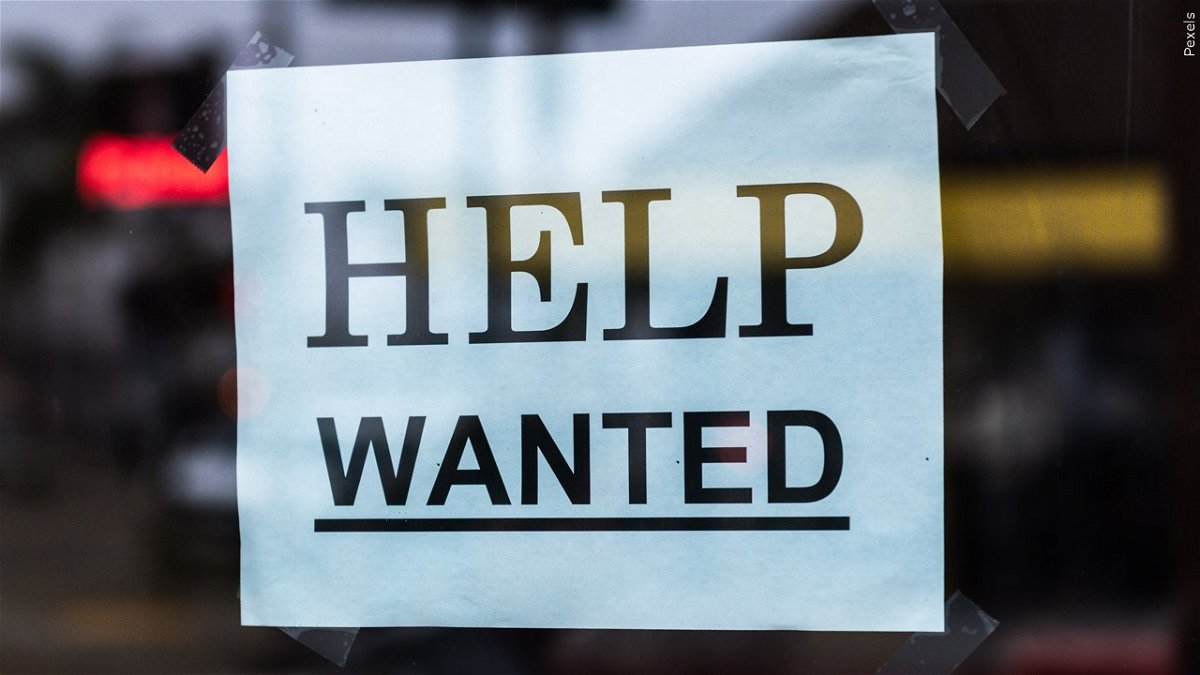Why the unemployment rate went up in August even though 187,000 jobs were added

By Elisabeth Buchwald, CNN
New York (CNN) — Usually when the economy adds a lot of jobs in a given month the unemployment rate ticks down. That wasn’t the case in August.
Despite the 187,000 new jobs added last month, the unemployment rate rose to 3.8% from 3.5% in July. That’s the biggest one-month jump since May. And outside of the onset of the pandemic, the last time the unemployment rate rose that high in one month was November 2011.
What gives?
By definition, the unemployment rate captures the share of unemployed people as a percentage of the labor force. The labor force is the total number of people employed and unemployed. To be considered unemployed, you don’t necessarily have to have been laid off recently.
The Bureau of Labor Statistics classifies someone as unemployed if they aren’t working but are available for work and made a specific effort in the past month to find a job. If they don’t satisfy that criteria, they aren’t considered part of the labor force.
Last month, the number of unemployed people rose by 514,000 to 6.4 million. But the number of people employed rose by 222,000 to 161.5 million. The net effect of that meant the labor force grew by 736,000 people to 167.8 million. So, mathematically, when you divide 6.4 million by 167.8 million, you’ll arrive at the 3.8% unemployment rate.
Numbers aside, this means that more people started actively looking for jobs last month even if they weren’t recently let go from their job. At the same time, fewer people had jobs.
But wait — weren’t 187,000 new jobs added last month?
That is correct. Technically speaking, nonfarm payroll employment grew by 187,000. That figure is the product of the BLS’ monthly survey of over 100,000 businesses and government agencies. However, the data used to calculate the unemployment rate comes from a different monthly survey of around 60,000 households that the Census Bureau conducts for the BLS.
Put plainly, one survey asks businesses how many people they hired and laid off last month and the other survey asks individuals if they were hired or laid off last month.
The survey of workers found that there were 34,000 fewer transportation and warehousing jobs last month compared to July. That figure is not captured in the survey of businesses. That can help explain why the unemployment rate rose, even though there were stronger-than-expected job gains in August.
The-CNN-Wire
™ & © 2023 Cable News Network, Inc., a Warner Bros. Discovery Company. All rights reserved.






